Hapag-Lloyd celebrates 120 years of services to Canada
This summer, Hapag-Lloyd is celebrating the 120th anniversary of its first liner service to Canada.
As Canadian routes became increasingly attractive from an economic point of view at the end of the 19th century, Hapag acquired the smaller Hamburg-based steamer shipping company, Hansa, and continued the service they started to Canada in 1883 under the name Hansa Line.
In 1892, the steamer “Cremon” first set sail for Montreal flying the Hapag flag. By today’s standards the ship, with its 2,132 gross register tonnage, was rather smaller than it was impressive. It was 90 metres long and could carry just 18 passengers.
By way of comparison, the large container vessels in the “Seattle Express” class, currently serving Hapag-Lloyd’s Asia–Canada route, are 334 metres long, have a capacity of up to 103,000 tonnes and can carry 8,600 standard containers.
A good decade before the opening of the Panama Canal in 1914, the company included Canada in the longest round trips that its vessels ever made: from Hamburg around Cape Horn and then from America’s western seaboard up to Canada’s Puget Sound.
The round trip included a total of 80 ports and took up to 15 weeks back then. After the two world wars, both German shipping companies Hapag and Norddeutscher Lloyd, which merged in 1972 to become Hapag-Lloyd AG, first resumed a joint service to Canada in 1954.
As container shipping became the norm, Hapag-Lloyd included Halifax in its full container service between Europe and the east coast of the US in 1972.
With the acquisition of CP Ships in October 2005, Hapag-Lloyd also acquired a piece of Canadian history. The subsequent integration of the established Canadian shipping company is internationally considered to have been exemplary.
The service was maintained without limitations, yet after a transitional period of just over a year, Hapag-Lloyd announced the successful completion of the integration.
This made Hapag-Lloyd, with its fleet of 136 ships, a global player among the international top five container liner shipping companies. At the same time, Hapag-Lloyd also became the largest container carrier in Canada.
Canada is still one of Hapag-Lloyd’s most important trading routes, as it has been for the last 120 years. For decades it has been served by the most modern ships in the Company’s fleet.
For Halifax and Vancouver, Hapag-Lloyd is the largest partner, and for Montreal the second-largest. These routes via Canada allow many markets in the United States to be connected quickly and reliably with Europe and Asia.
The route that was started 120 years ago has meanwhile grown into a comprehensive network of eleven Hapag-Lloyd services from Canada to Europe, Asia, Africa and Oceania.
“We’re incredibly proud of the long-standing partnership between Hapag-Lloyd and its customers in Canada. It is an area of great economic importance”, says Michael Behrendt, Chairman of the Executive Board of Hapag-Lloyd AG, on the anniversary.
Hapag-Lloyd has published a detailed history of its services to Canada. The lavishly illustrated brochure is available to download under Publications.
In 2011, Hapag-Lloyd transported 5.2 million TEU and generated revenue of more than EUR 6.1 billion. The Company has around 6,900 employees at 300 sites in 114 countries.
It operates more than 84 of its own liner services and has an extensive feeder network, linking over 430 ports around the world. The total fleet (including charters) consists of some 150 vessels with a total capacity of nearly 680,000 TEU. This makes Hapag-Lloyd currently the fourth-largest liner shipping company in the world. < Korea Shipping Gazette >
많이 본 기사
- 국제물류업계, 광양항 마지막 배후단지 활용법 모색한다‘일상이 된 물류시장 불확실성’, AI·친환경이 돌파구‘고환율·저운임’ 글로벌 물류기업 일제히 부진한 실적 신고‘수요 둔화 지속’ 컨운임지수 한주만에 1300선으로 후퇴DHL, 중동 두바이에 차세대 물류허브 개소한국해양대, 장금상선등 해운사와 해양인재 양성방안 모색해운협회, 부산항도선사회와 CCTV 활용 안전도선 업무협약KMI, 우리나라와 북극권국가 협력 방안 모색2028년 유엔 해양총회 한국 유치 확정벌크선시장, 급등 이후 조정 '속도 조절 들어가나'
- 전재수 해수부 장관 사의…“해양수도권 차질없이 육성되길”쿠팡 박대준 대표이사 사임…“개인정보 유출 책임 통감”日 ONE 운항 9100TEU급 컨선 화재…공동해손 선언윌로그, 벤처창업진흥유공 대통령 표창 수상아시아나IDT, 산업안전세미나 개최…‘플랜투두’ 확산 전략 공유아로아랩스, 중기부 창업지원프로그램 선정…연구개발 자금 확보부음/ 해운조합 최종진 본부장 빙모상조선기자재硏·이마린·그린에너지솔루션, 친환경선박 배출수 기술개발...경운대, 국제항공운송협회와 대학 최초 교육협약 체결인천항만공사, 전기차 화재대응 안전역량 강화 나선다










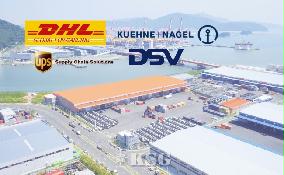

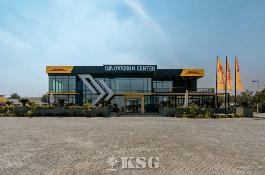





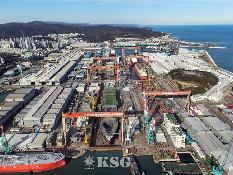
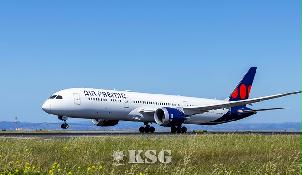


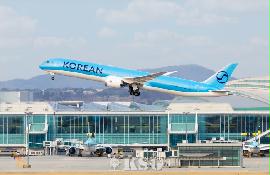


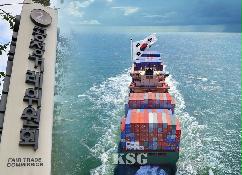



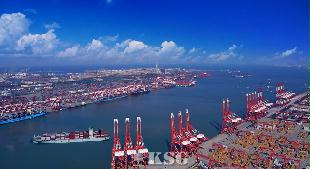
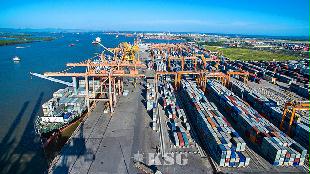
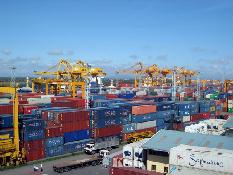






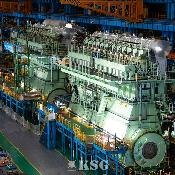
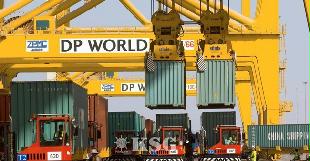

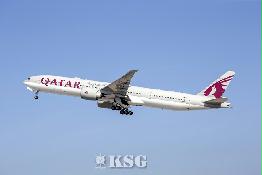





















0/250
확인